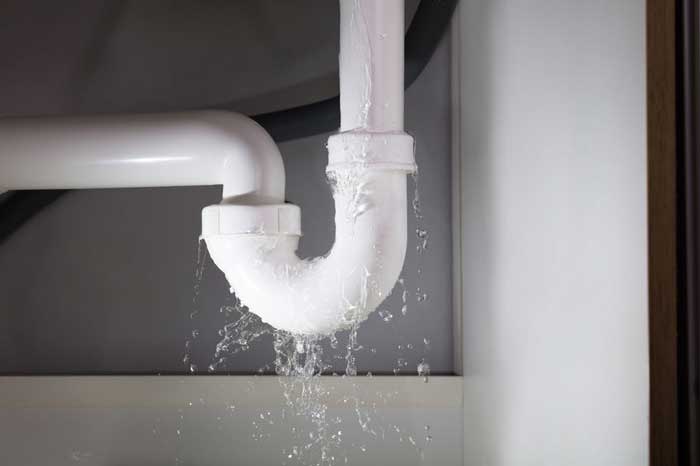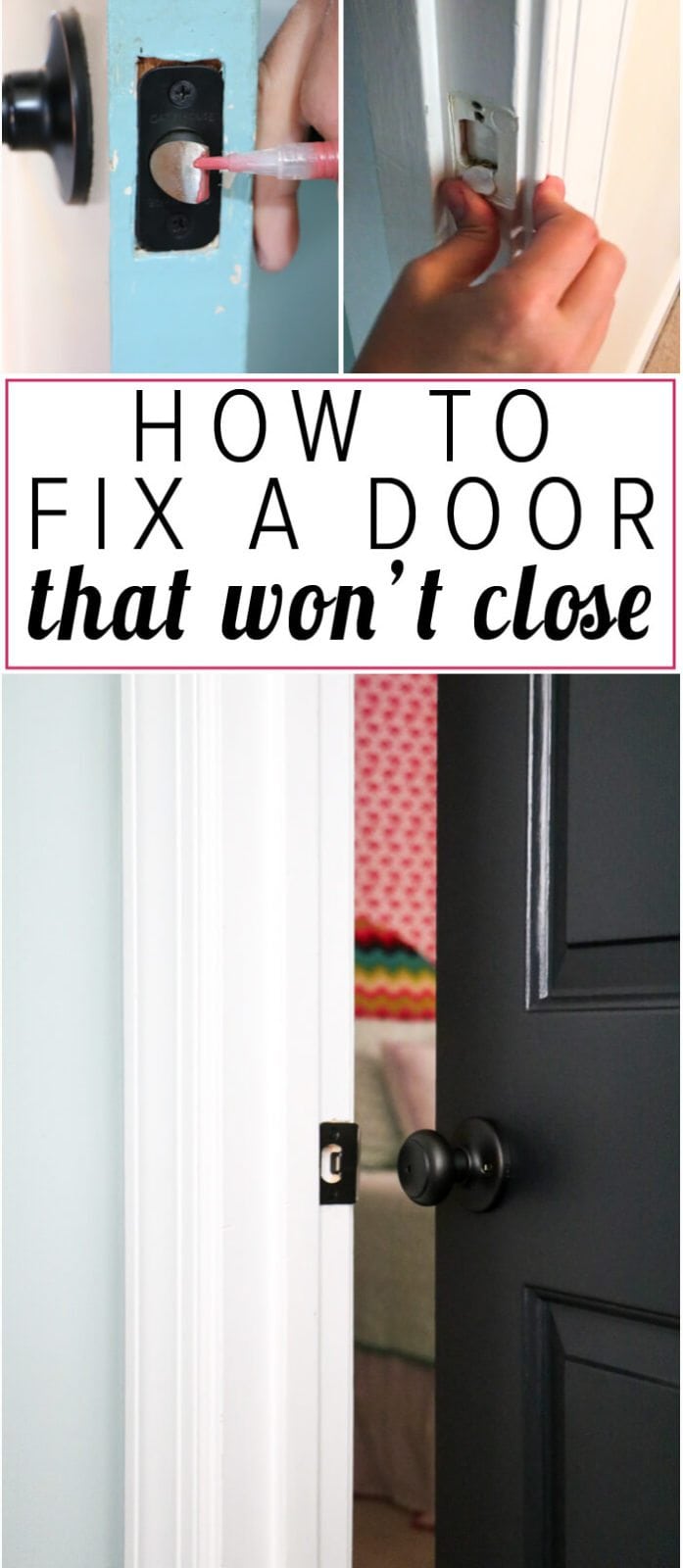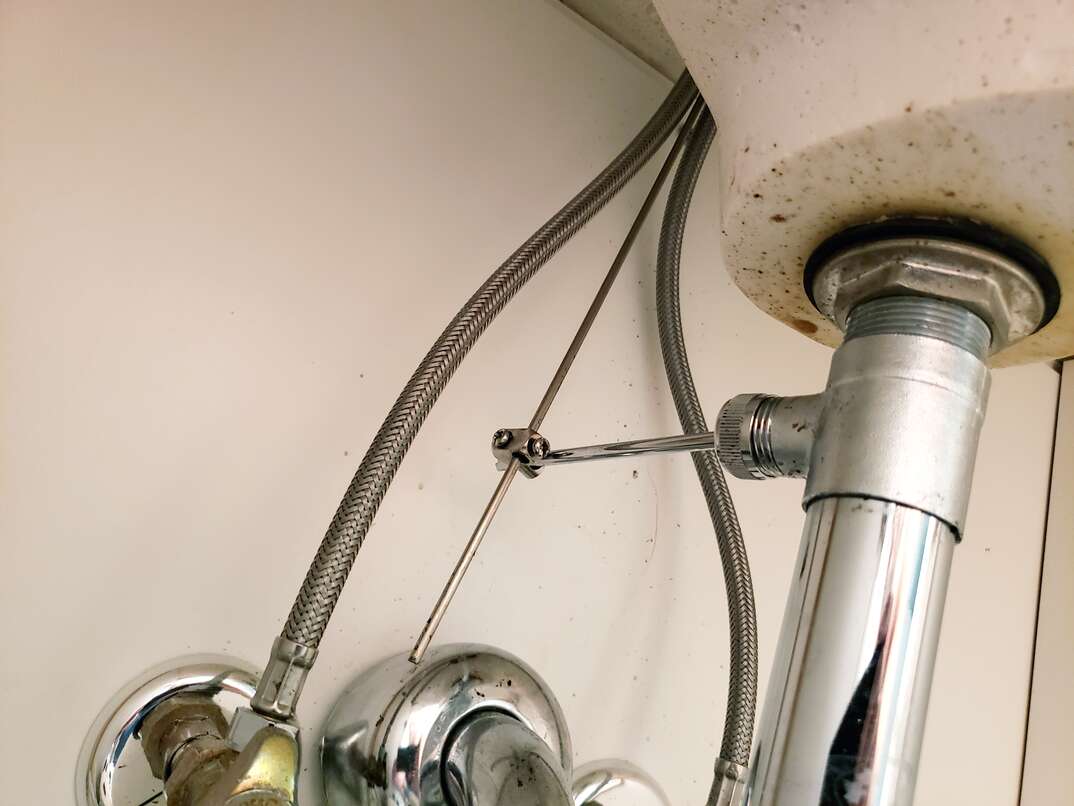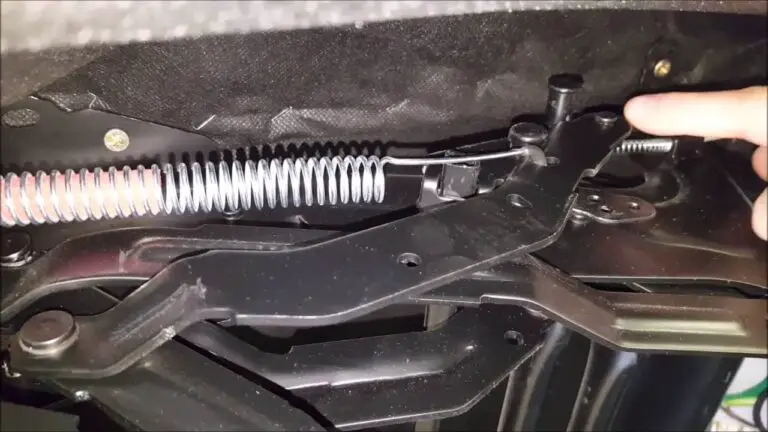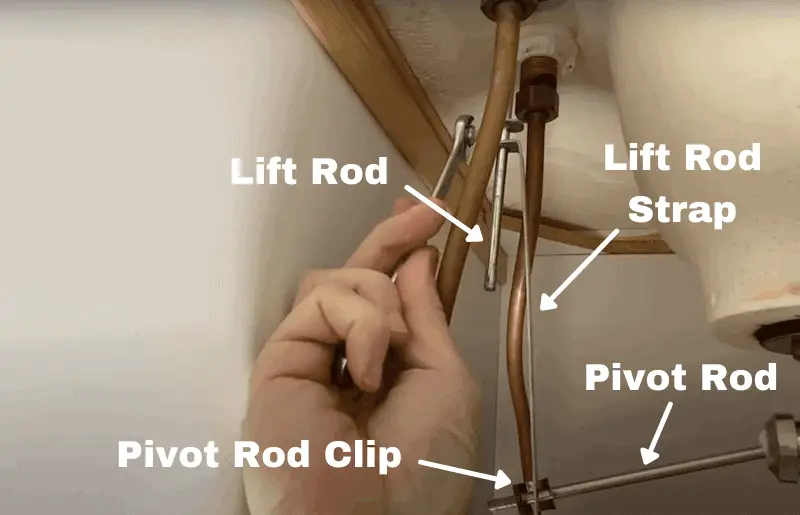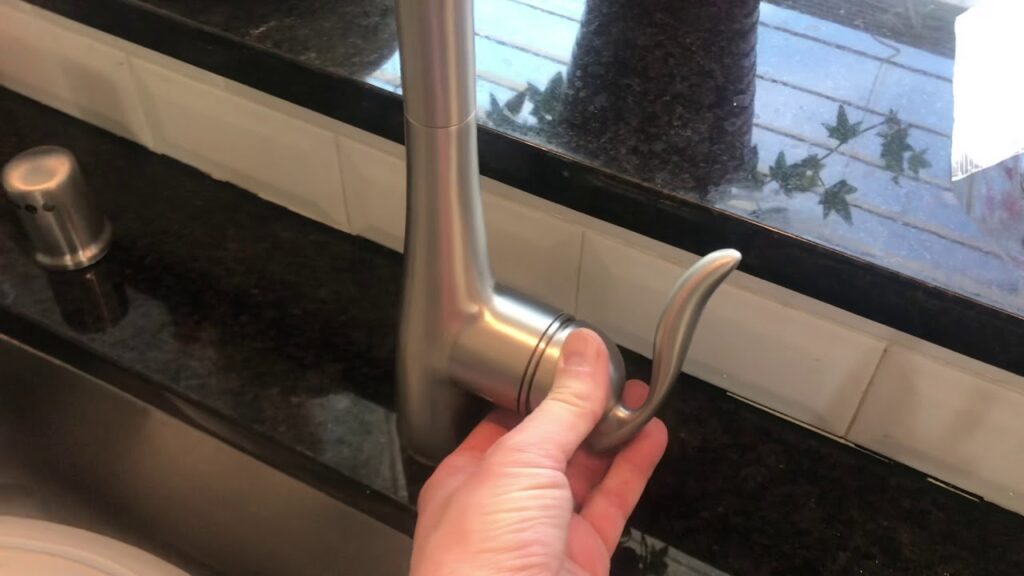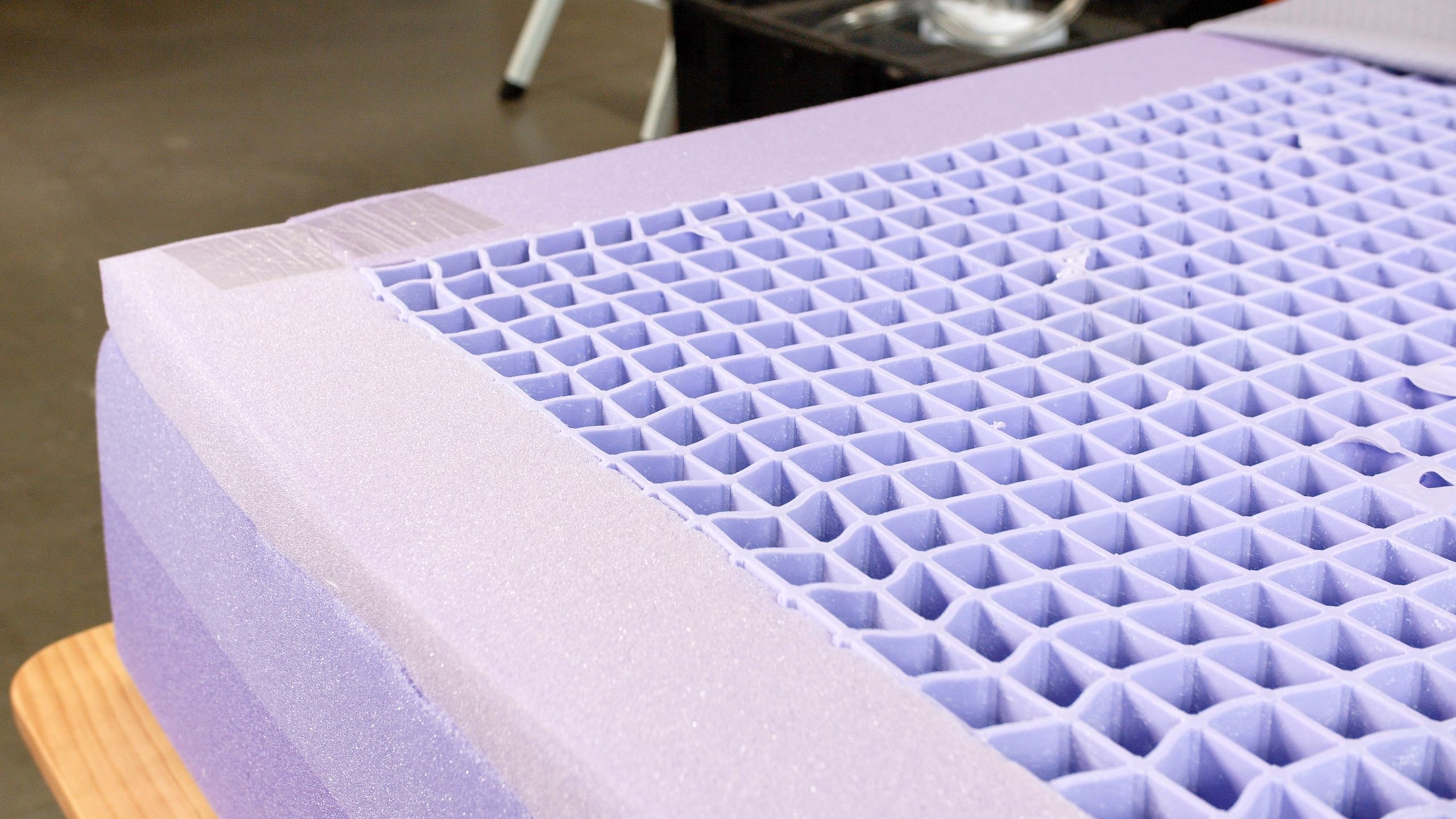1. How to Fix a Loose Kitchen Sink Handle
If you've noticed that your kitchen sink handle is starting to feel loose and wobbly, it's time to take action before it completely falls off. Not only is a loose handle annoying to use, but it can also lead to bigger issues down the line. But don't worry, fixing a loose kitchen sink handle is a relatively easy and straightforward DIY project that you can tackle in no time.
The first step is to determine the cause of the loose handle. In most cases, it's simply a matter of wear and tear over time. The constant use of the handle can cause the screws to become loose, causing the handle to wobble. In some cases, the handle itself may be damaged or worn out. Whatever the cause may be, here's how you can fix it.
Step 1: Turn off the Water Supply
Before you start any repairs, make sure to turn off the water supply to your kitchen sink. This will prevent any accidental water leaks while you're working on the handle. Look for the shut-off valve under the sink and turn it clockwise until it's fully closed.
Step 2: Remove the Handle
Using a screwdriver, remove the screw that holds the handle in place. Once the screw is removed, you should be able to easily pull off the handle from the stem. Be careful not to lose any small parts that may fall off while removing the handle.
Step 3: Tighten the Screws
Check the screws and bolts that hold the handle in place. If they are loose, use a wrench to tighten them. If the screws are stripped or damaged, replace them with new ones. Make sure to tighten the screws evenly to ensure the handle is secure and stable.
Step 4: Inspect the Handle
While you have the handle off, take a closer look at it to see if it's damaged or worn out. If the handle is cracked or broken, it will need to be replaced. If it's just worn out, you may be able to fix it by applying some plumber's tape or using a handle repair kit.
Step 5: Reattach the Handle
Once you've tightened the screws and inspected the handle, it's time to reattach it to the stem. Make sure it fits snugly and securely. If the handle is still loose, you may need to replace it with a new one.
Step 6: Turn the Water Supply Back On
Once you've reattached the handle, turn the water supply back on and test it to make sure the handle is working properly. If the handle is still loose, you may need to call a professional plumber to fix the issue.
2. Troubleshooting a Loose Kitchen Faucet Handle
If your kitchen sink handle is still loose after trying to tighten it, the problem may lie with the faucet itself. Here are a few common causes of a loose kitchen faucet handle and how to troubleshoot them.
Issue: Loose Set Screw
Sometimes, the set screw that holds the handle in place can come loose over time, causing the handle to feel wobbly. In this case, simply use a screwdriver to tighten the set screw and see if that resolves the issue.
Issue: Worn Out Cartridge
If the handle is still loose even after tightening the set screw, the issue may be with the cartridge inside the faucet. Over time, the cartridge can wear out and cause the handle to become loose. You can try replacing the cartridge to see if that solves the problem.
Issue: Broken Handle
If the handle is visibly cracked or broken, it will need to be replaced. You can purchase a new handle from a hardware store or online and follow the same steps as above to replace it.
Issue: Loose Base Plate
In some cases, the base plate of the faucet may be loose, causing the handle to feel wobbly. To fix this, tighten the mounting screws that hold the base plate in place. If the screws are damaged, replace them with new ones.
3. Common Causes of a Loose Kitchen Sink Handle
Now that you know how to fix a loose kitchen sink handle, let's take a look at some of the common causes of the issue. Understanding the root cause can help you prevent it from happening in the future.
Wear and Tear: As mentioned earlier, the most common cause of a loose kitchen sink handle is wear and tear from daily use. Over time, the screws and bolts that hold the handle in place can become loose, causing the handle to wobble. Regular maintenance and tightening of these screws can help prevent this issue.
Low-Quality Materials: If your kitchen sink handle is made from low-quality materials, it may be more prone to becoming loose and wobbly. Investing in a higher quality handle can save you the trouble of having to constantly tighten or replace it.
Water Damage: Constant exposure to water can cause the screws and bolts to rust and corrode, leading to a loose handle. Make sure to regularly check for any signs of water damage and replace any damaged parts as needed.
4. How to Tighten a Loose Kitchen Sink Handle
Now that you know the common causes of a loose kitchen sink handle, here are some tips on how to tighten it and prevent it from happening again.
Regular Maintenance: It's important to regularly check and tighten the screws and bolts that hold the handle in place. This can help prevent the handle from becoming loose in the first place.
Use Quality Materials: Invest in a high-quality kitchen sink handle made from durable materials. This can save you the trouble of constantly having to tighten or replace the handle.
Fix Water Leaks: If you notice any water leaks around your kitchen sink, fix them immediately. Constant water exposure can lead to rust and corrosion, which can cause the handle to become loose.
Call a Professional: If you're not comfortable fixing the issue yourself, don't hesitate to call a professional plumber. They have the expertise and tools to fix a loose kitchen sink handle and prevent it from happening again.
5. DIY Kitchen Sink Handle Repair
Fixing a loose kitchen sink handle is a simple and easy DIY project that you can do yourself. With the right tools and knowledge, you can save yourself the time and money of calling a professional plumber. Just remember to always turn off the water supply before starting any repairs and to use caution when handling small parts.
With these tips and tricks, you can easily fix a loose kitchen sink handle and prevent it from happening in the future. Regular maintenance and using quality materials can go a long way in keeping your kitchen sink handle in good working condition. But if the issue persists, don't hesitate to call a professional for assistance.
6. Why is My Kitchen Sink Handle Falling Down?
If your kitchen sink handle keeps falling down, it's most likely due to a loose or damaged handle. The constant use of the handle can cause wear and tear, leading to a loose handle that eventually falls down. It's important to address the issue as soon as possible to prevent any further damage and inconvenience.
Follow the steps mentioned above to tighten the handle or replace it with a new one. If the issue persists, it could be due to other underlying issues such as a faulty cartridge or base plate. In this case, it's best to call a professional plumber to fix the issue and ensure it doesn't happen again.
7. How to Replace a Broken Kitchen Sink Handle
If your kitchen sink handle is broken, it will need to be replaced. Here's how you can do it yourself:
Step 1: Turn off the Water Supply
Before starting any repairs, make sure to turn off the water supply to your kitchen sink. This will prevent any accidental water leaks while you're working on the handle. Look for the shut-off valve under the sink and turn it clockwise until it's fully closed.
Step 2: Remove the Handle
Using a screwdriver, remove the screw that holds the handle in place. Once the screw is removed, you should be able to easily pull off the handle from the stem. Be careful not to lose any small parts that may fall off while removing the handle.
Step 3: Buy a Replacement Handle
You can purchase a replacement handle from a hardware store or online. Make sure to get one that is compatible with your kitchen sink and matches the other handles in your kitchen.
Step 4: Install the New Handle
Follow the instructions that come with the new handle to install it properly. Make sure it fits snugly and securely on the stem.
Step 5: Turn the Water Supply Back On
Once you've installed the new handle, turn the water supply back on and test it to make sure it's working properly. If you're not confident in your DIY skills, it's best to call a professional plumber to replace the handle for you.
8. Tips for Preventing a Loose Kitchen Sink Handle
Here are some additional tips to help prevent a loose kitchen sink handle:
• Regularly check and tighten the screws and bolts that hold the handle in place.
• Use only quality materials for your kitchen sink handle.
• Fix any water leaks immediately to prevent rust and corrosion.
• Don't use excessive force when operating the handle to avoid causing damage.
9. Troubleshooting a Kitchen Sink Handle That Won't Stay Up
If your kitchen sink handle won't stay up, it could be due to a loose or damaged handle, a faulty cartridge, or a loose base plate. Follow the steps mentioned above to tighten the handle or replace it with a new one. If the issue persists, it's best to call a professional plumber to fix the issue and ensure it doesn't happen again.
10. How to Fix a Kitchen Sink Handle That Keeps Falling Down
If your kitchen sink handle keeps falling down, it's most likely due to a loose or damaged handle. Follow the steps mentioned above to tighten the handle or replace it with a new one. If the issue persists, it could be due to other underlying issues such as a faulty cartridge or base plate. In this case, it's best to call a professional plumber to fix the issue and ensure it doesn't happen again.
The Importance of Choosing the Right Kitchen Sink Handle for Your House Design

Adding Style and Functionality to Your Kitchen
 When it comes to creating the perfect kitchen design, every detail matters. From the color of the cabinets to the type of flooring, each element contributes to the overall look and feel of the space. One often overlooked aspect of kitchen design is the
kitchen sink handle
. While it may seem like a small and insignificant detail, the
handle
can actually make a big impact on both the style and functionality of your kitchen.
When it comes to creating the perfect kitchen design, every detail matters. From the color of the cabinets to the type of flooring, each element contributes to the overall look and feel of the space. One often overlooked aspect of kitchen design is the
kitchen sink handle
. While it may seem like a small and insignificant detail, the
handle
can actually make a big impact on both the style and functionality of your kitchen.
Understanding the Different Types of Kitchen Sink Handles
 Before choosing a
handle
for your kitchen sink, it’s important to understand the different types available. The most common types of
kitchen sink handles
include single-handle, double-handle, and pull-out handles. Single-handle
handles
are the most popular and offer a sleek and modern look. Double-handle
handles
are more traditional and provide separate controls for hot and cold water. Pull-out
handles
are great for those who prefer a more versatile and functional
handle
, as they allow for easy maneuvering and can even be used as a sprayer.
Before choosing a
handle
for your kitchen sink, it’s important to understand the different types available. The most common types of
kitchen sink handles
include single-handle, double-handle, and pull-out handles. Single-handle
handles
are the most popular and offer a sleek and modern look. Double-handle
handles
are more traditional and provide separate controls for hot and cold water. Pull-out
handles
are great for those who prefer a more versatile and functional
handle
, as they allow for easy maneuvering and can even be used as a sprayer.
Factors to Consider When Choosing a Kitchen Sink Handle
 When choosing a
kitchen sink handle
, there are a few important factors to keep in mind. Firstly, consider the style of your kitchen. If you have a modern, minimalist design, a single-handle
handle
would be a great choice. If you have a more traditional or rustic kitchen, a double-handle
handle
may be a better fit. Another important factor to consider is functionality. If you do a lot of cooking and dishwashing, a pull-out
handle
may be the most practical option.
When choosing a
kitchen sink handle
, there are a few important factors to keep in mind. Firstly, consider the style of your kitchen. If you have a modern, minimalist design, a single-handle
handle
would be a great choice. If you have a more traditional or rustic kitchen, a double-handle
handle
may be a better fit. Another important factor to consider is functionality. If you do a lot of cooking and dishwashing, a pull-out
handle
may be the most practical option.
Addressing the Issue of a Falling Kitchen Sink Handle
 One common problem that homeowners may face with their
kitchen sink handle
is it falling down or becoming loose. This can be a safety hazard and also affects the functionality of the
handle
. To prevent this issue, it’s important to choose a high-quality
handle
that is properly installed. If you already have a
handle
that is falling down, it’s best to have it repaired or replaced by a professional to ensure it is secure and functioning properly.
In conclusion, the
kitchen sink handle
may seem like a small detail, but it can greatly impact the overall design and functionality of your kitchen. By understanding the different types of
handles
available and considering factors such as style and functionality, you can choose the perfect
handle
for your kitchen. And if you are experiencing any issues with a falling or loose
handle
, it’s important to address it promptly to maintain a safe and functional kitchen.
One common problem that homeowners may face with their
kitchen sink handle
is it falling down or becoming loose. This can be a safety hazard and also affects the functionality of the
handle
. To prevent this issue, it’s important to choose a high-quality
handle
that is properly installed. If you already have a
handle
that is falling down, it’s best to have it repaired or replaced by a professional to ensure it is secure and functioning properly.
In conclusion, the
kitchen sink handle
may seem like a small detail, but it can greatly impact the overall design and functionality of your kitchen. By understanding the different types of
handles
available and considering factors such as style and functionality, you can choose the perfect
handle
for your kitchen. And if you are experiencing any issues with a falling or loose
handle
, it’s important to address it promptly to maintain a safe and functional kitchen.



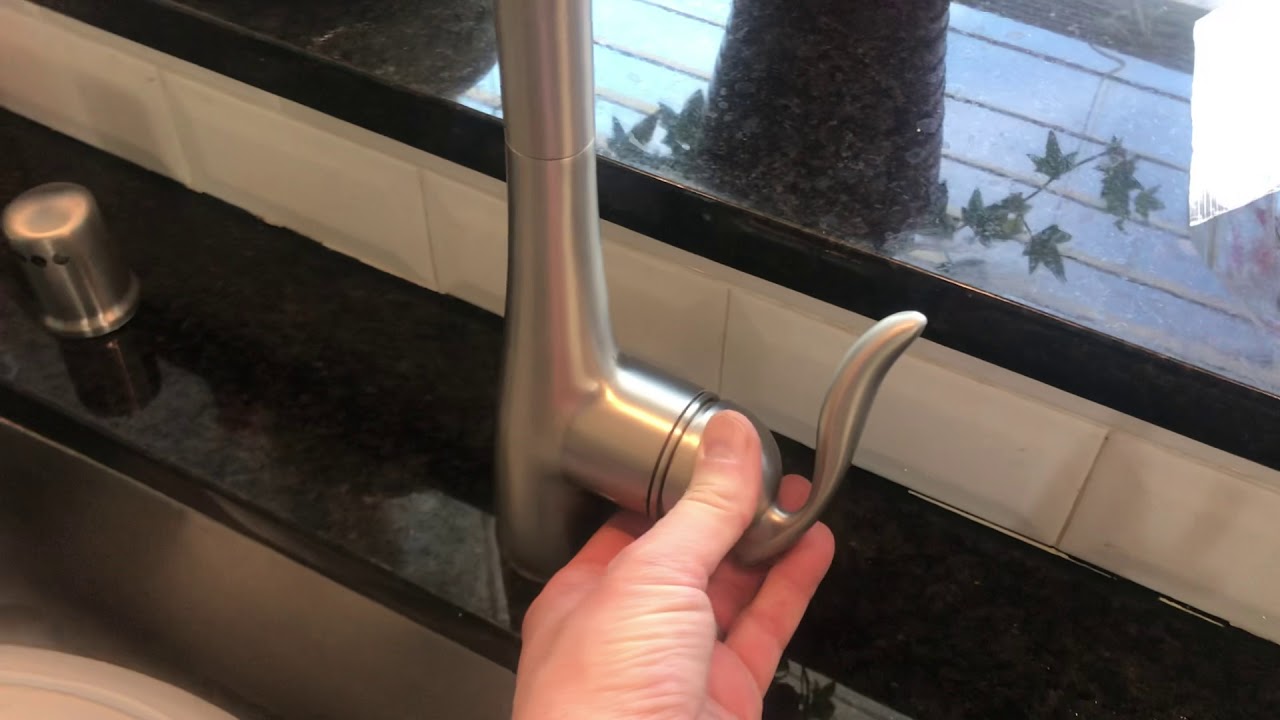






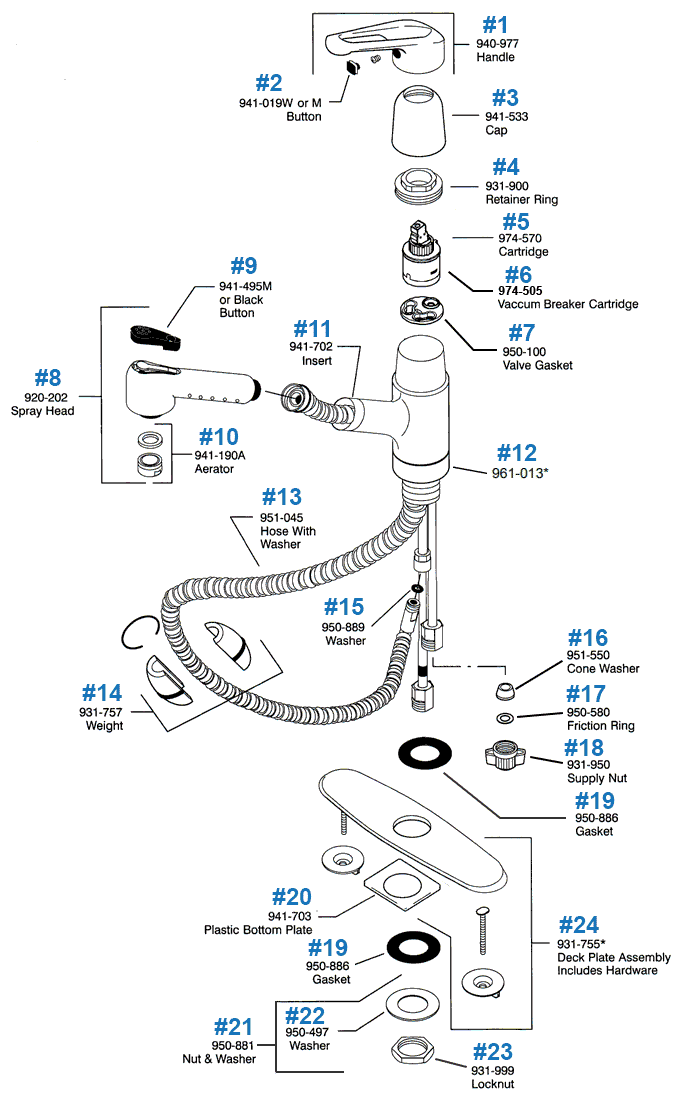















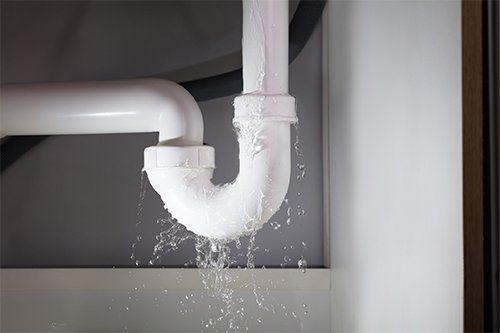
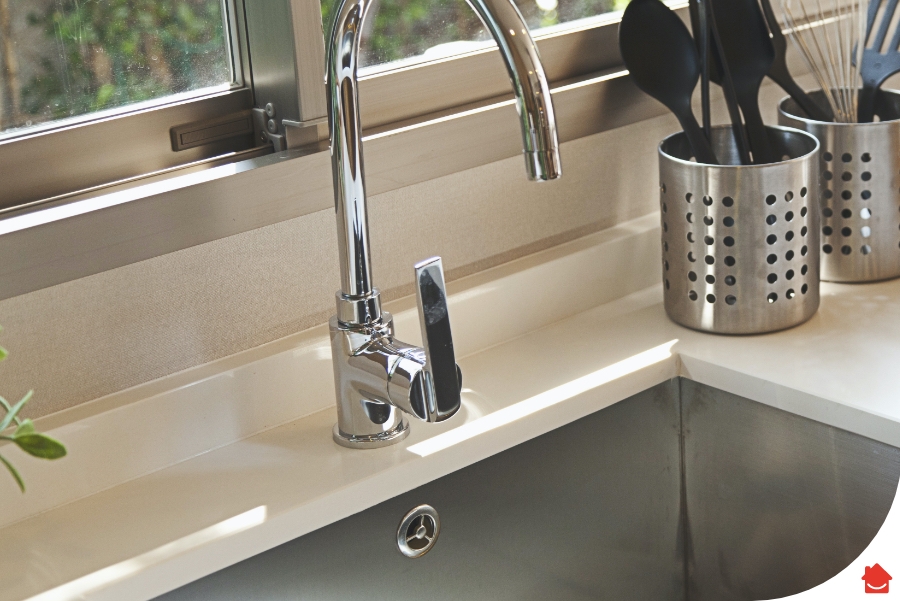
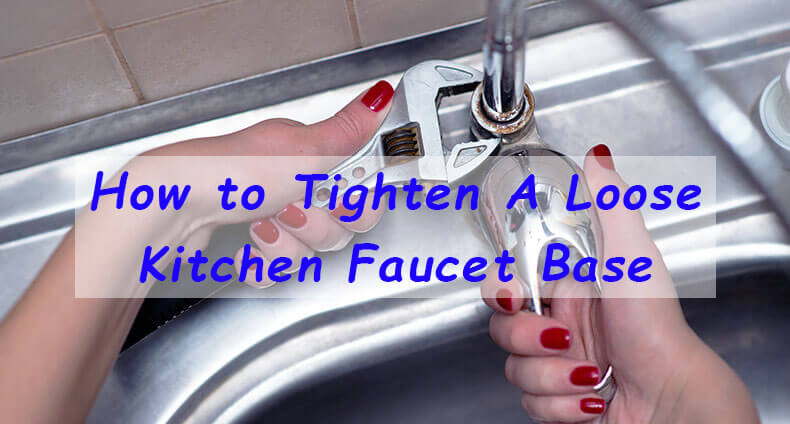
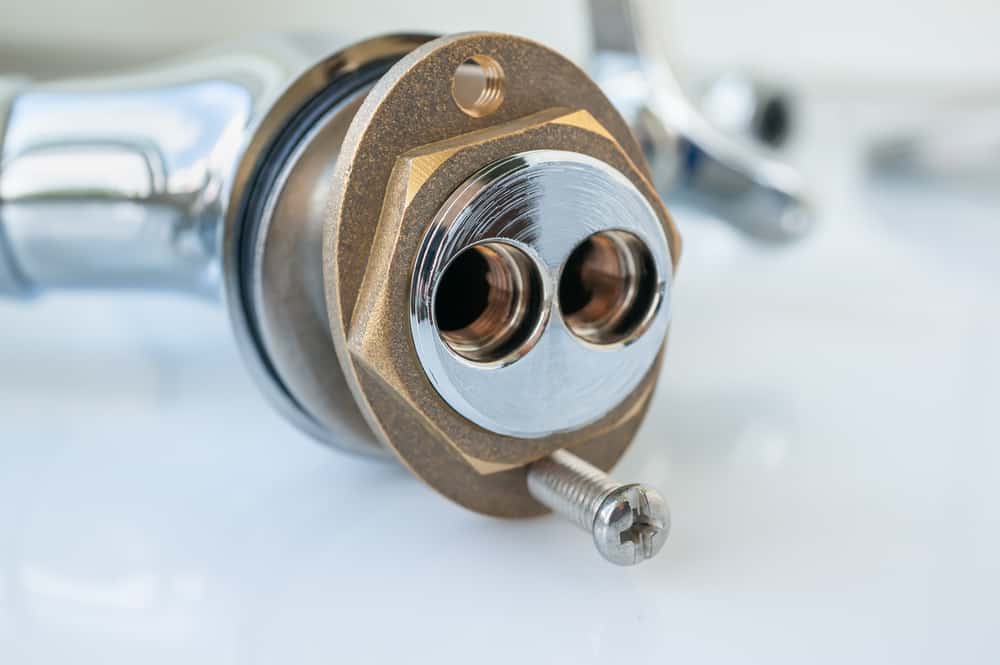

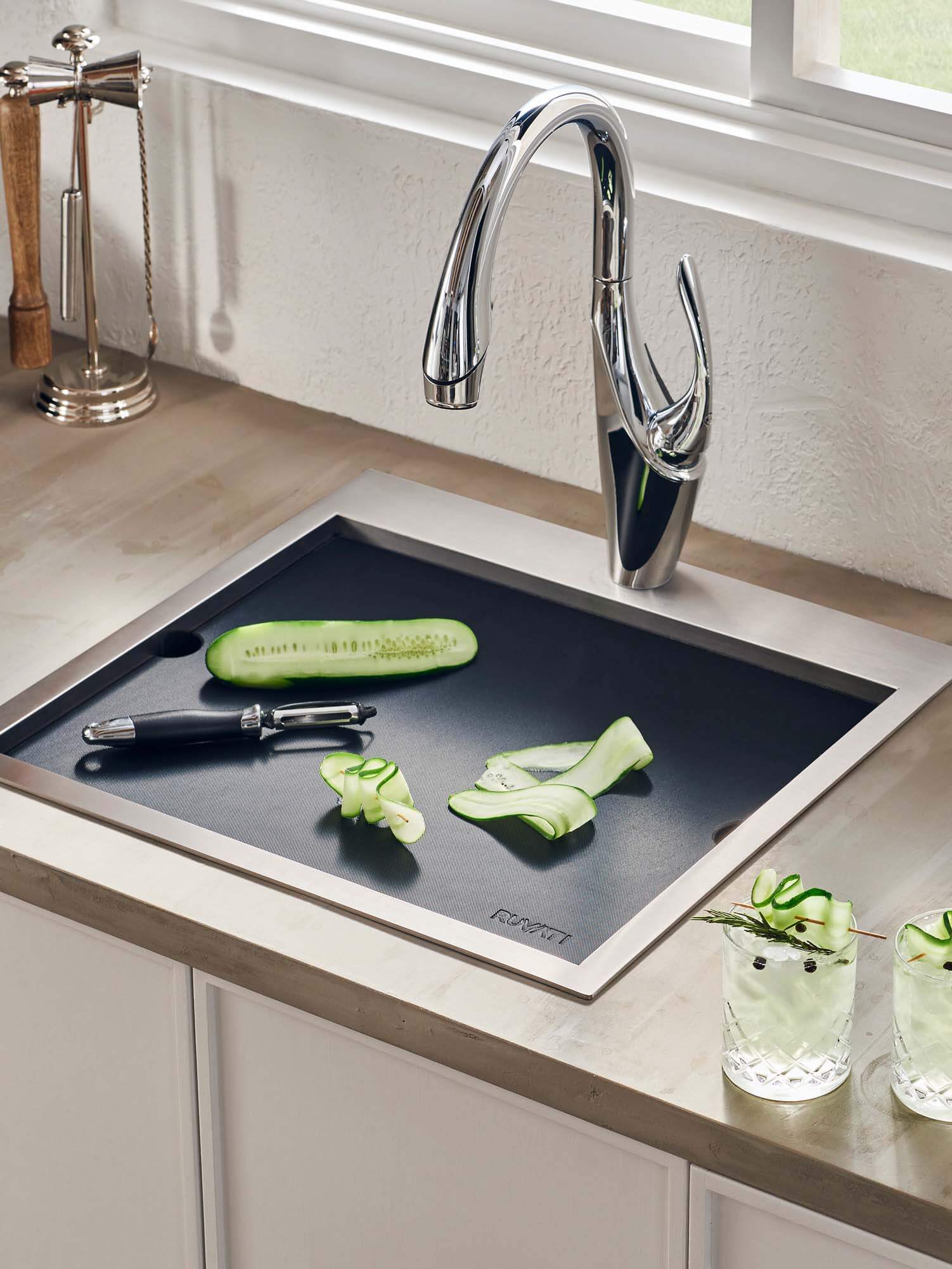





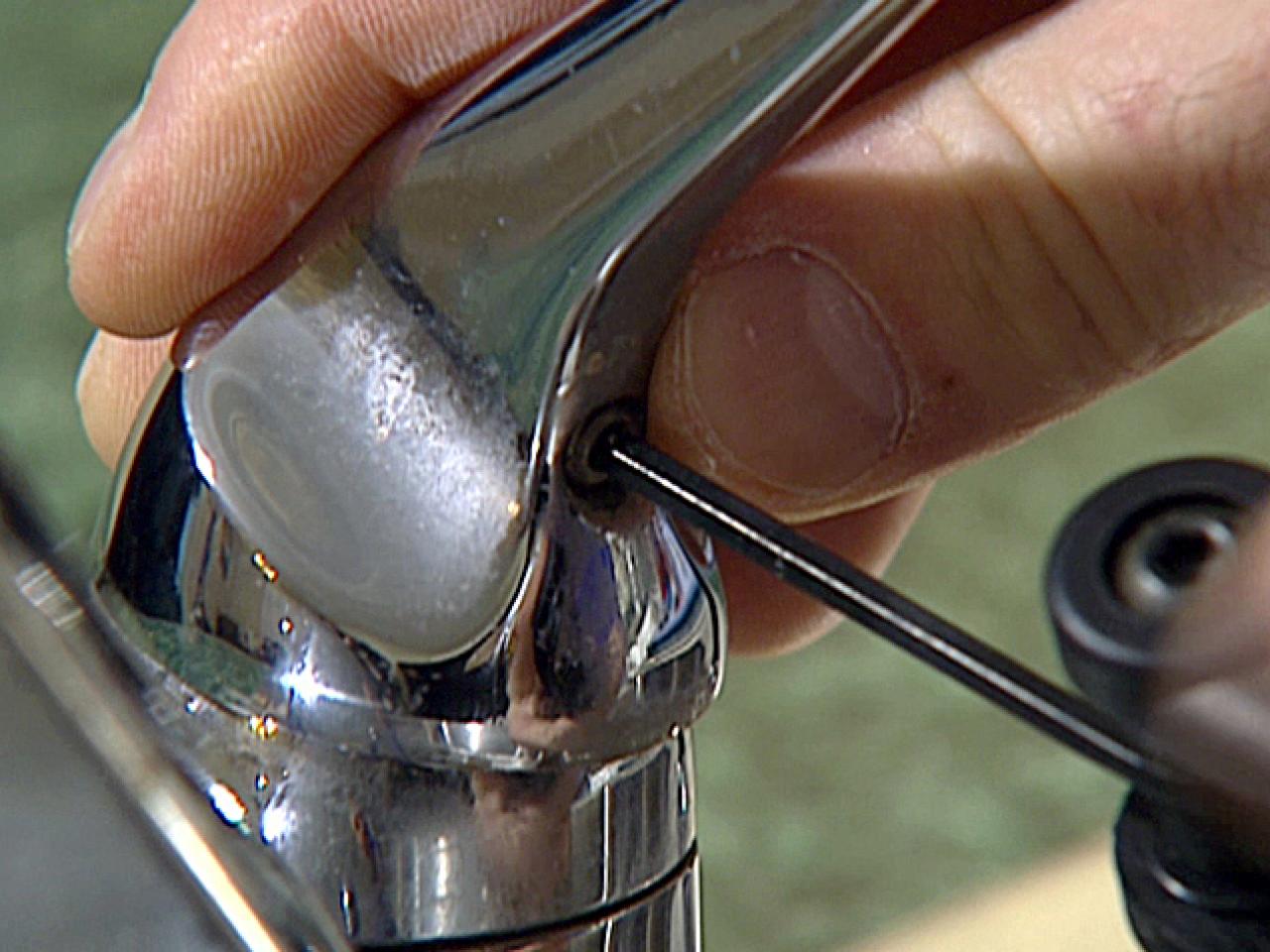
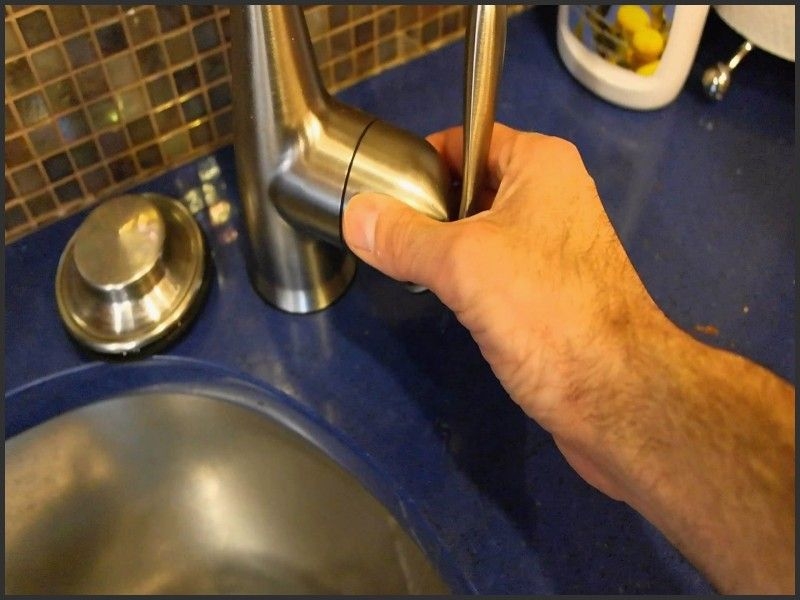






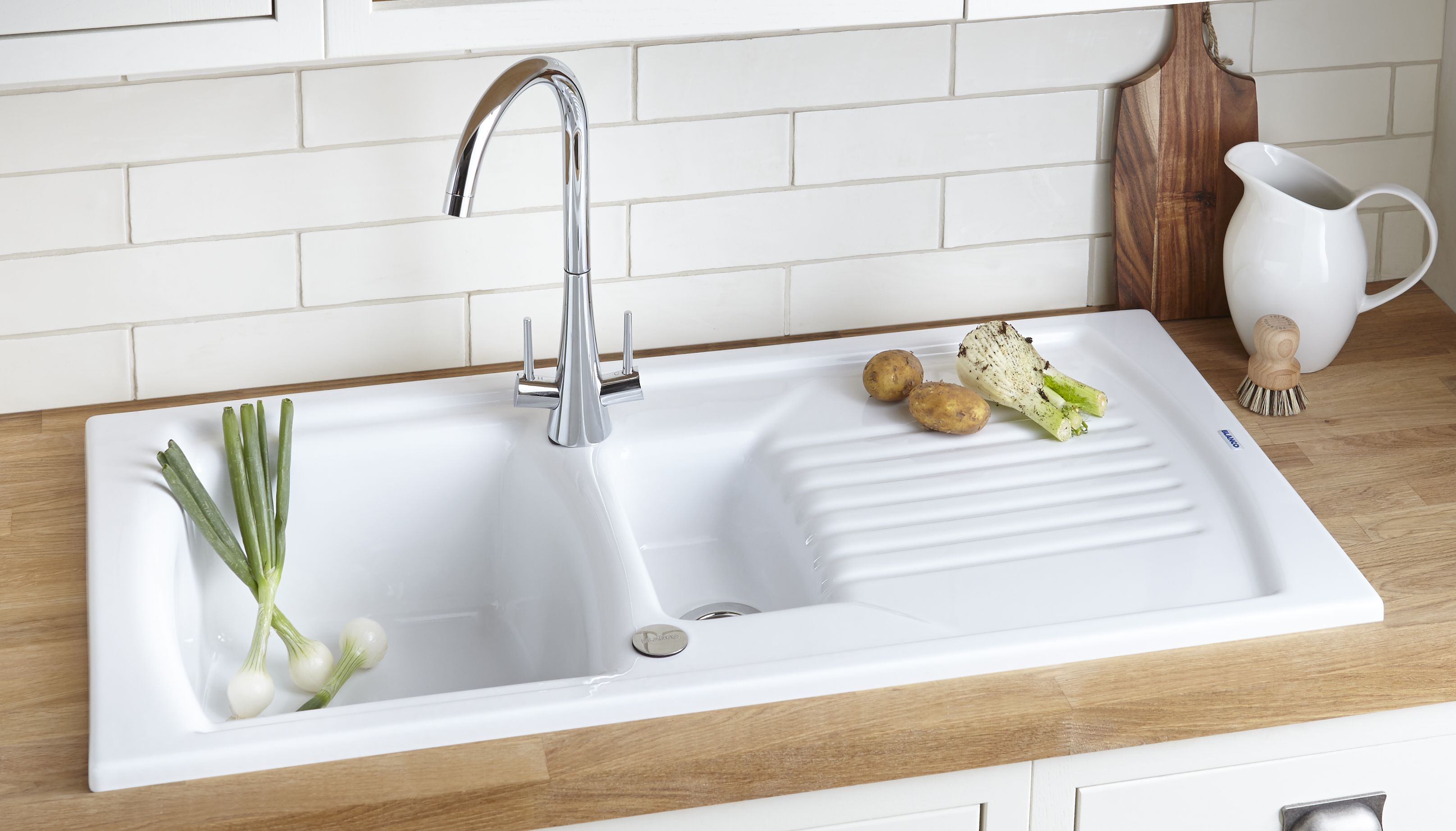
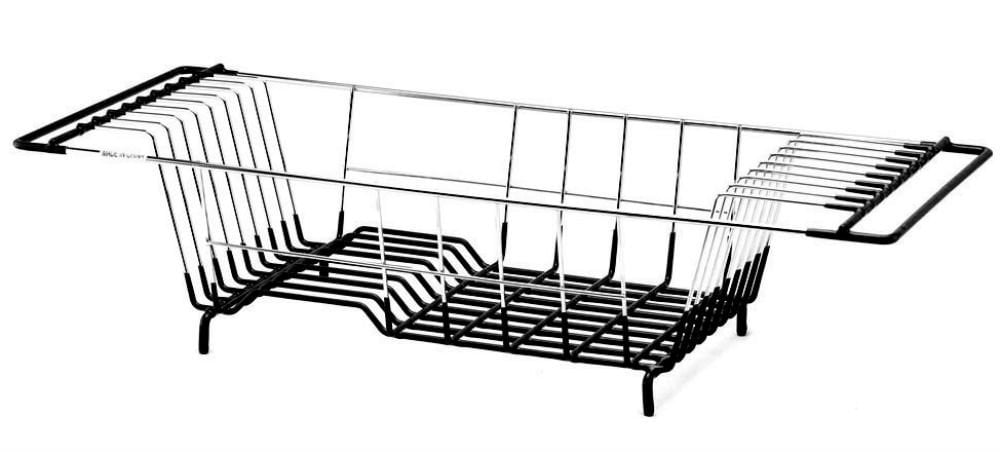


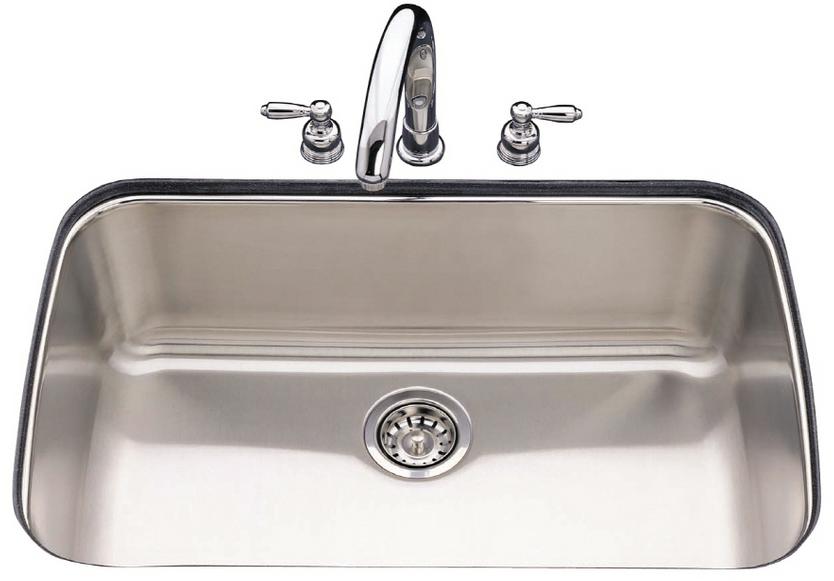







:max_bytes(150000):strip_icc()/how-to-clean-a-stinky-drain-5207454-hero-9d4668b2d4f94166b0d1908a9a8e0dbb.jpg)
